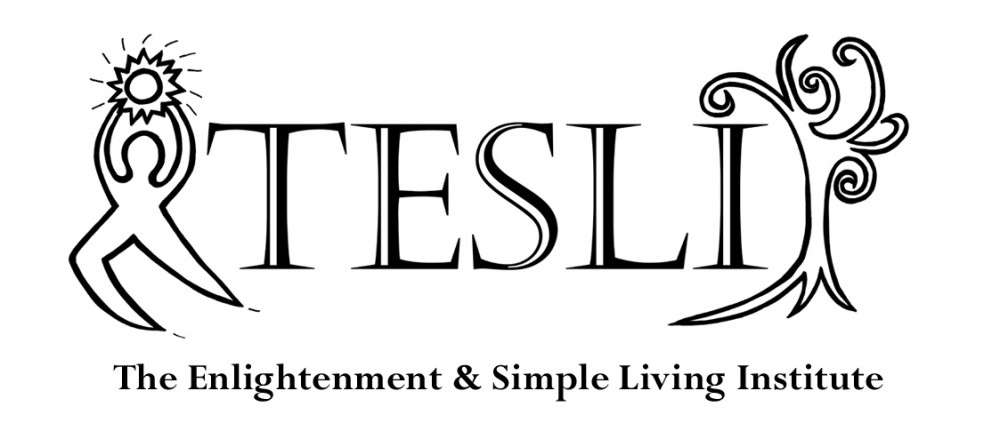Cholesterol is a lipid molecule with the following structure:
Steroid hormones (estrogen, progesterone, aldosterone, testosterone, etc) are made of cholesterol. It is a component of every cell wall in the body. As such it is essential for normal body functioning.
HDL (high density lipoprotein) and LDL (low density lipoprotein) cholesterol are not actually cholesterol. There is only one type of cholesterol (structure above), but the way cholesterol travels in the blood varies. Cholesterol cannot easily float around in the blood since fat does not mix readily with water. In order to move around the blood, fats come together as droplets and associate with proteins. This is the general structure:
 The protein is called a lipoprotein because it is a protein associated with lipids (lipo). Lipoproteins in the “fat droplet” can have different structures. The different structures are genetically determined and certain structures are associated with cardiovascular disease.
The protein is called a lipoprotein because it is a protein associated with lipids (lipo). Lipoproteins in the “fat droplet” can have different structures. The different structures are genetically determined and certain structures are associated with cardiovascular disease.
What is the difference between HDL and LDL? The fat composition of the “fat droplet” varies. This figure gives a summary:
 Chylomicrons are the form that fats take when traveling from the intestines to the liver. They move via the lymph initially. VLDL is the fat droplet that the liver creates to send fats to the tissues – in particular to the adipose (fat cells) for storage. If you eat extra sugar your liver turns that into fatty acids and uses VLDL to transport them out into the body. HDL is a form that is sent out to pick up fat from the tissues. High levels of HDL are considered beneficial since these droplets are scavengers of cholesterol and fat in the body. LDL transports extra lipids to the body tissues as well.
Chylomicrons are the form that fats take when traveling from the intestines to the liver. They move via the lymph initially. VLDL is the fat droplet that the liver creates to send fats to the tissues – in particular to the adipose (fat cells) for storage. If you eat extra sugar your liver turns that into fatty acids and uses VLDL to transport them out into the body. HDL is a form that is sent out to pick up fat from the tissues. High levels of HDL are considered beneficial since these droplets are scavengers of cholesterol and fat in the body. LDL transports extra lipids to the body tissues as well.
From the above descriptions it would follow that HDL would become LDL once it has picked up extra cholesterol and fatty acids. Higher HDL levels in the blood indicates less extra cholesterol and fatty acids.



